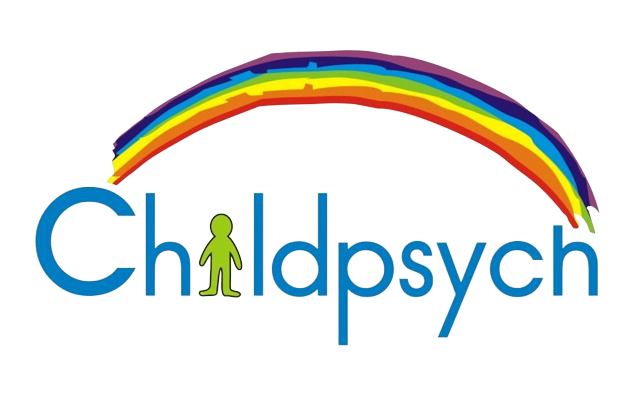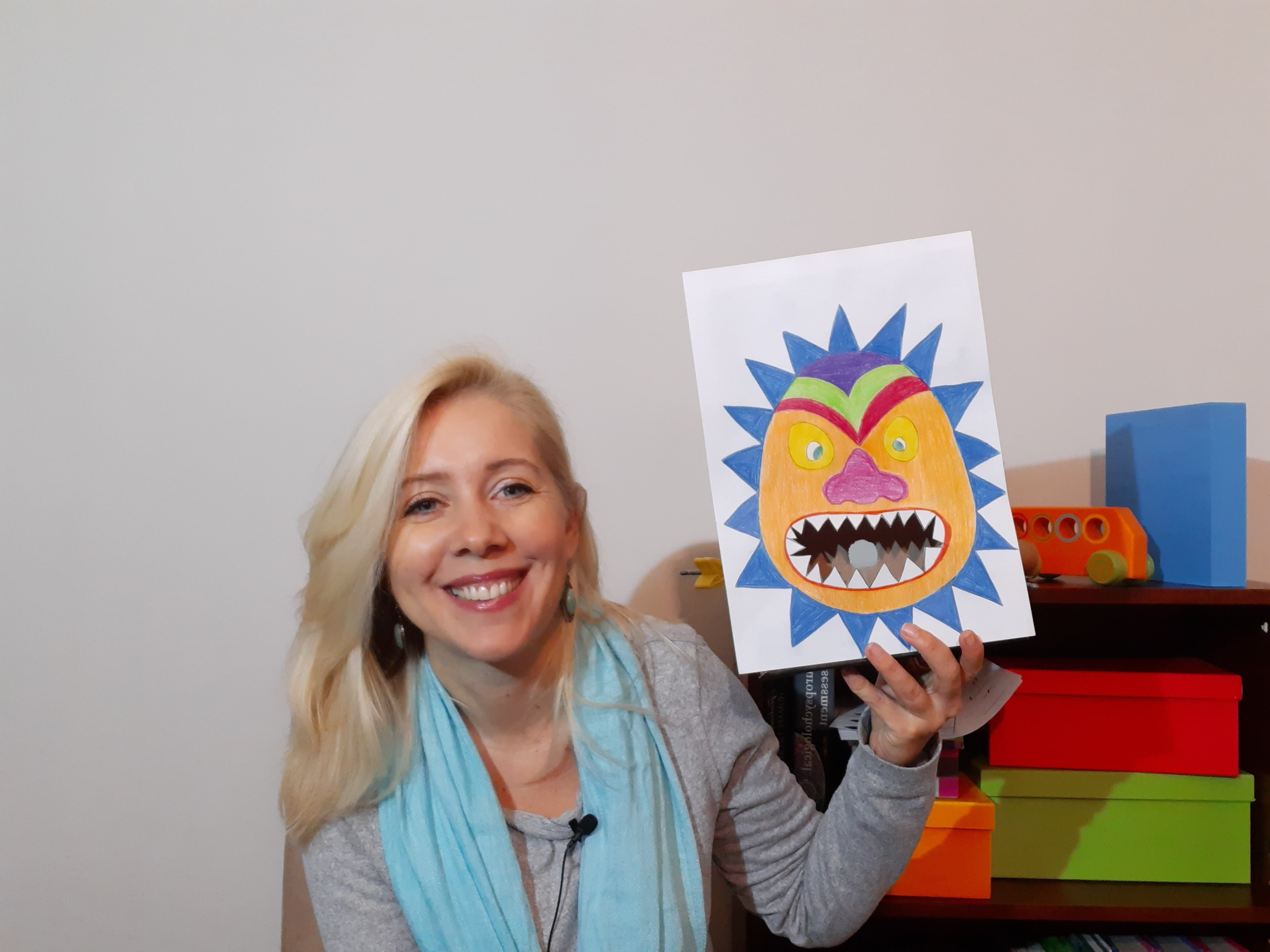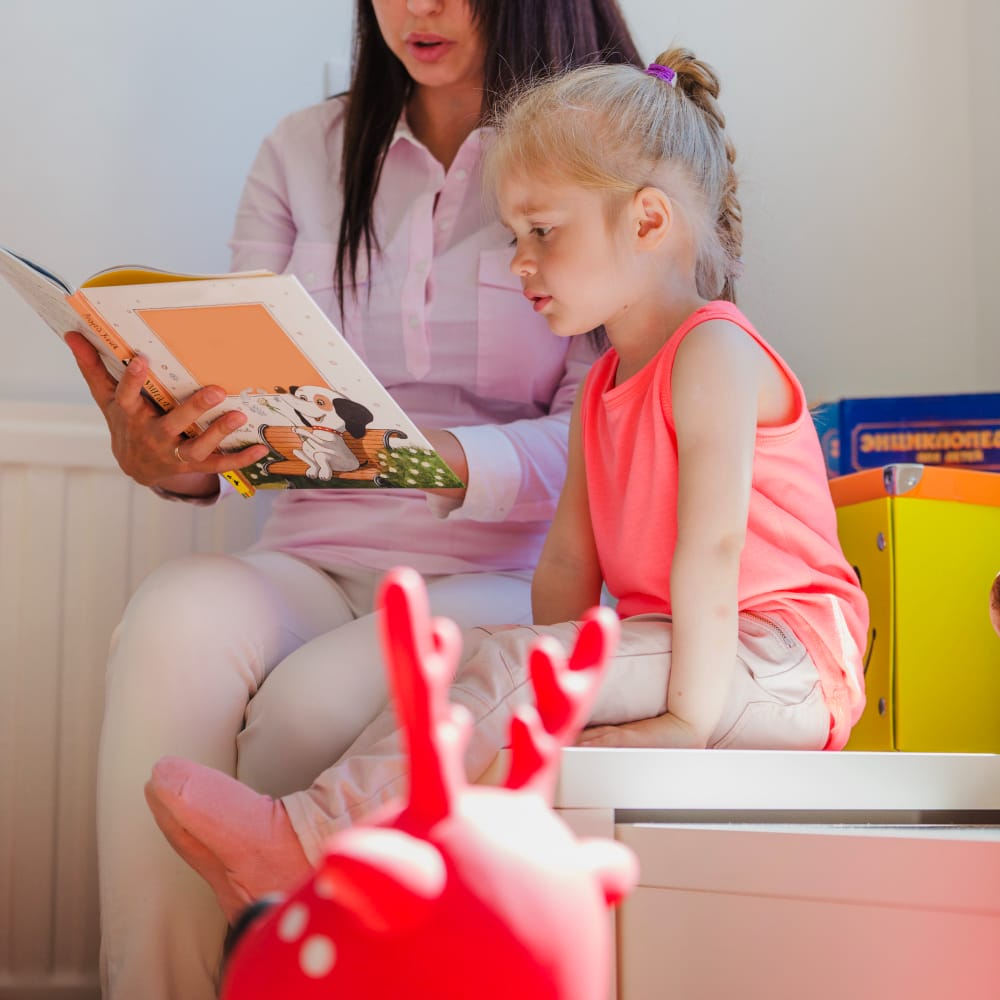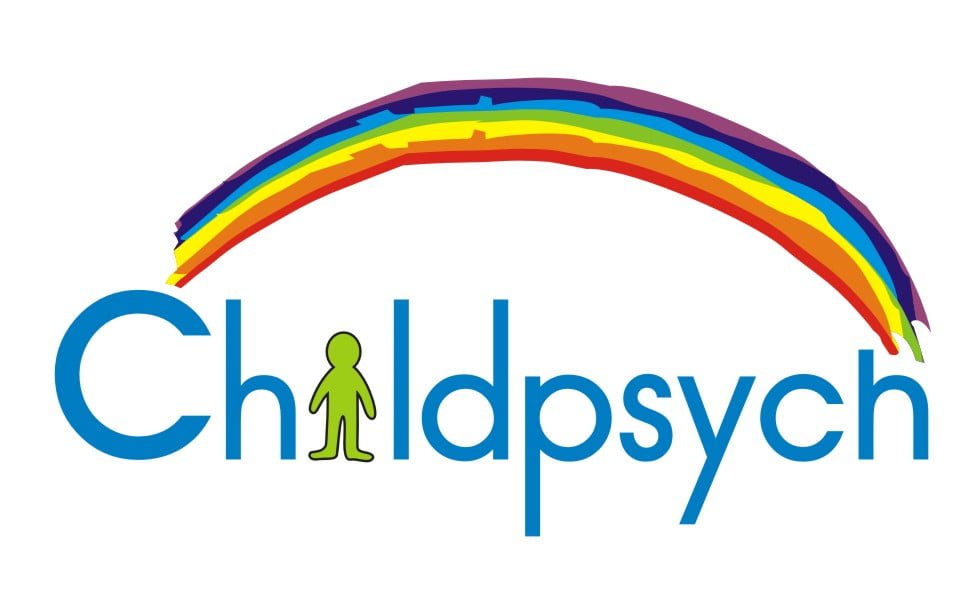What is basic Arithmetic?
Welcome to this 8th video article in our Early Learning Series. In this video I’m going to show you how to teach your child the functions of addition, subtraction, multiplication and division. (This is known as basic arithmetic). Because once you child has mastered these concepts he will have a very solid understanding for Math throughout his school career.
Now keep in mind the information in this arithmetic article is based on knowledge from previous articles. So if you haven’t yet, be sure to watch the videos on principals of Early Learning, Visual and Auditory Perceptual Skills and the Numeracy video I released last week.
To be honest, multiplication and division are very difficult concepts for young children. So I am going to focus mainly on addition and subtraction. And then only touch lightly on multiplication and division towards the end.
Addition:
Addition is the most straight forward of the arithmetic functions. Remember from last week’s article how important it is to teach your child the vocabulary of Math. So remember the use the phrases: “add”, “plus”, “sum”, “total” and “all together” interchangeably. Once children understand object counting, they are able to add just about anything they can count. Remember to give them concrete items to work with first before moving on to numbers and symbols.
Use shells, buttons, stone, sticks, hairbands as counters. Frankly anything you can think of. You may first want to start by teaching them “plus one” then move on to “plus two” and so on until they can do add numbers with ease.
In the video i show you how to make:
- Clothes hanger addition game
- Use Lego to teach plus
- Use board games and dice to teach arithmetic
- Make an adding machine
- Colour by number
- Count change and Monopoly money
Before finally introducing addition sums in a formalised way. Spend some time on teaching them what the + and = symbols mean.
Counting on fingers:
When children first learn to do basic arithmetic they will need to keep count on their fingers. Don’t discourage this! Counting on your fingers usually progresses from:
- Counting on two hands and touching to chin to …
- Counting only on fingers to …
- Counting on using the fingers to …
- Counting on in your head
Subtraction:
Again, start by teaching your child the different words for this arithmetic function. Use phrases like “minus”, “subtract” and “take away”. Initially while you use concrete objects to demonstrate subtraction it is important to physically hide away the items that have been “subtracted”.
In this video I show you how to make:
- Division Monster
- Gloved hand for counting
- Use eating to understand subtraction
- Key & Lock computations
Lastly, only introduce subtraction in a formalised form once your child deals comfortably with these activities.
Multiplication:
Like I’ve said before, it’s important to go very slowly in teaching multiplication. It is an arithmetic function that is usually only taught towards the second half of the Grade 2 year. So naturally it is very advanced even for the eldest children – 5 and 6 years old – in our Early Learning group. Schools usually start by introducing the concept of doubling and halving instead of multiplication and division. Truthfully I wouldn’t go beyond exploring this concept with young children. And only once they’ve really thoroughly understood addition and subtraction.
Division:
What better way to teach division than through sharing. You can teach your child to first share between two people and then to share between three people, etc. Demonstration of this concept of arithmetic is absolutely key to helping children understand it. Physically share objects between you so that the child can see it in inaction in real life scenarios.
Other videos in this series:
- Six mistakes parents make in teaching a child to read
- Principals of Early Learning
- Auditory Perception: Part 1
- Auditory Perception: Part 2
- Auditory Perception: Part 3
- Visual Perception: Part 1
- Visual Perception: Part 2
- Early Numeracy Skills: All about numbers




